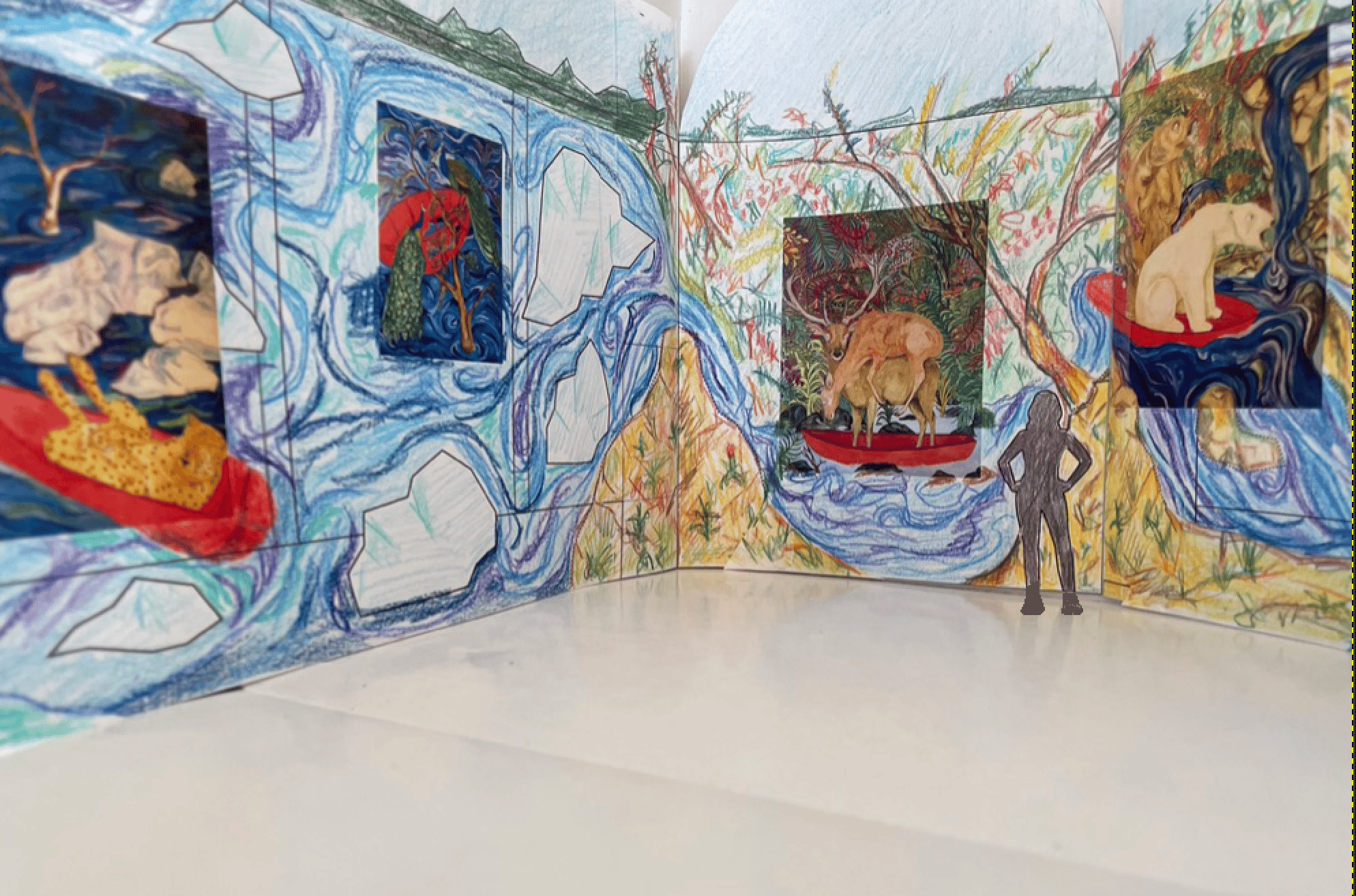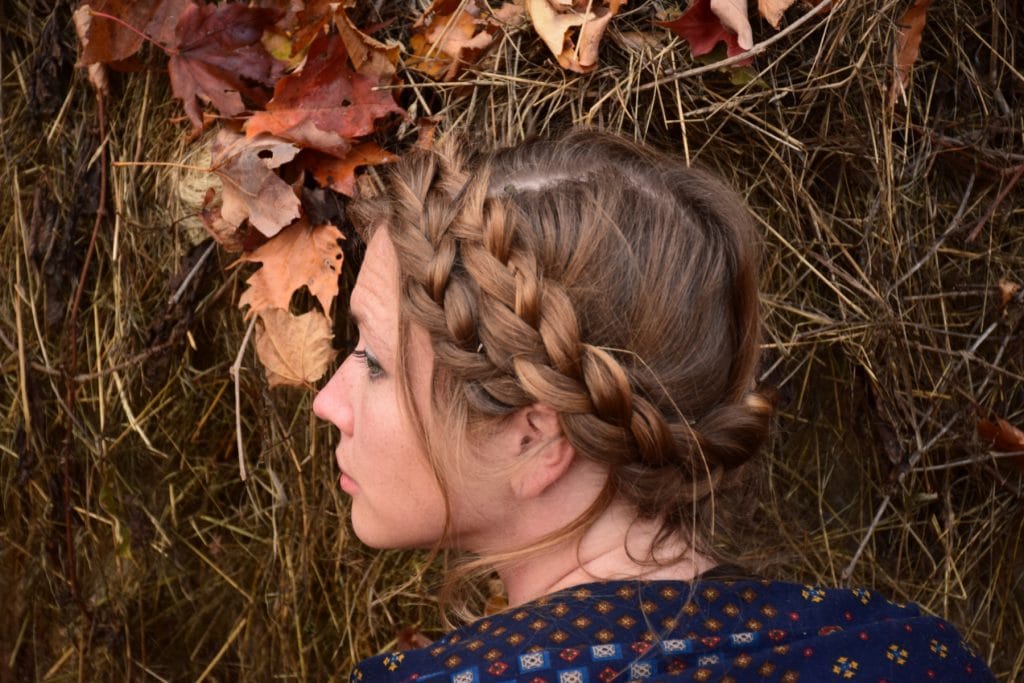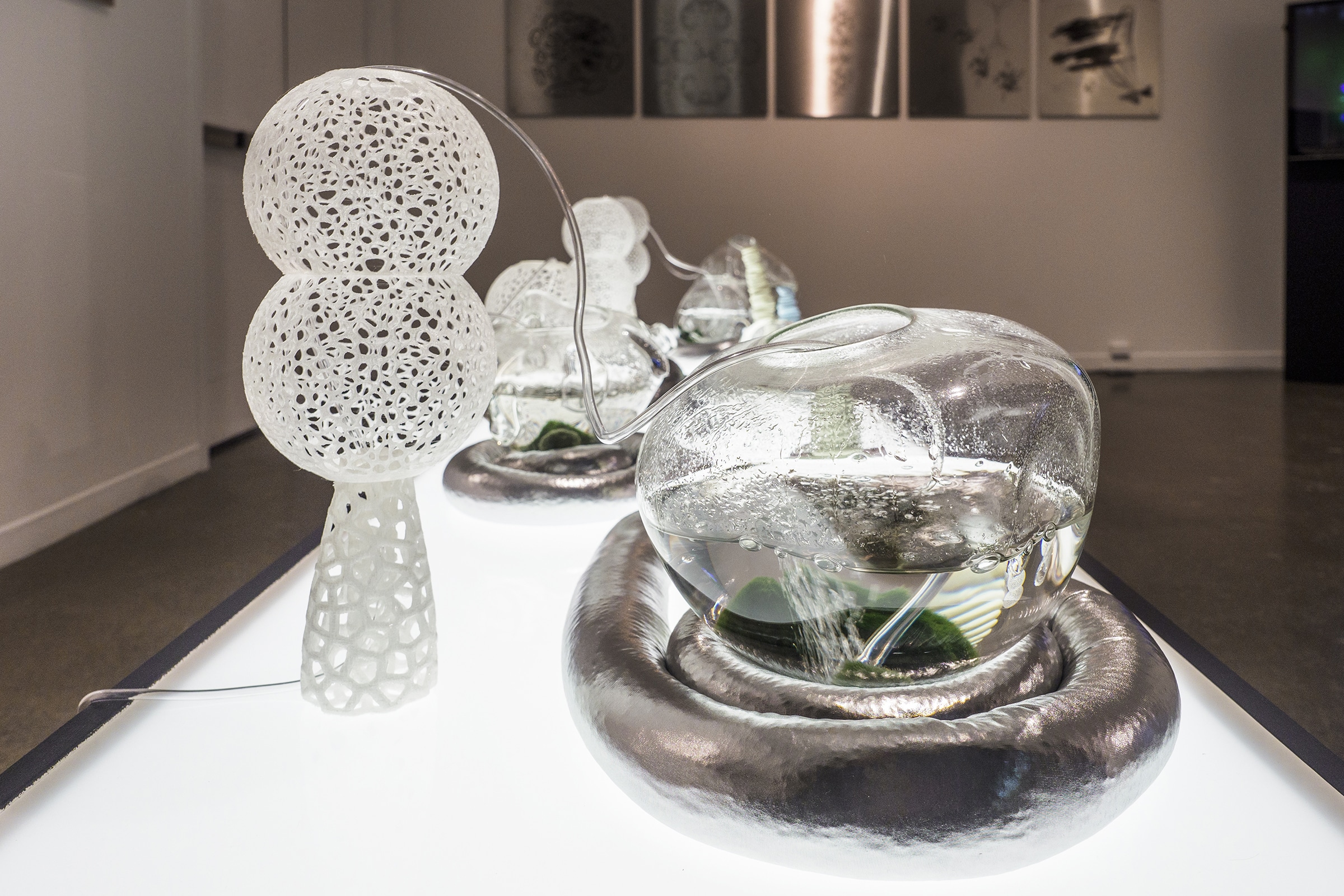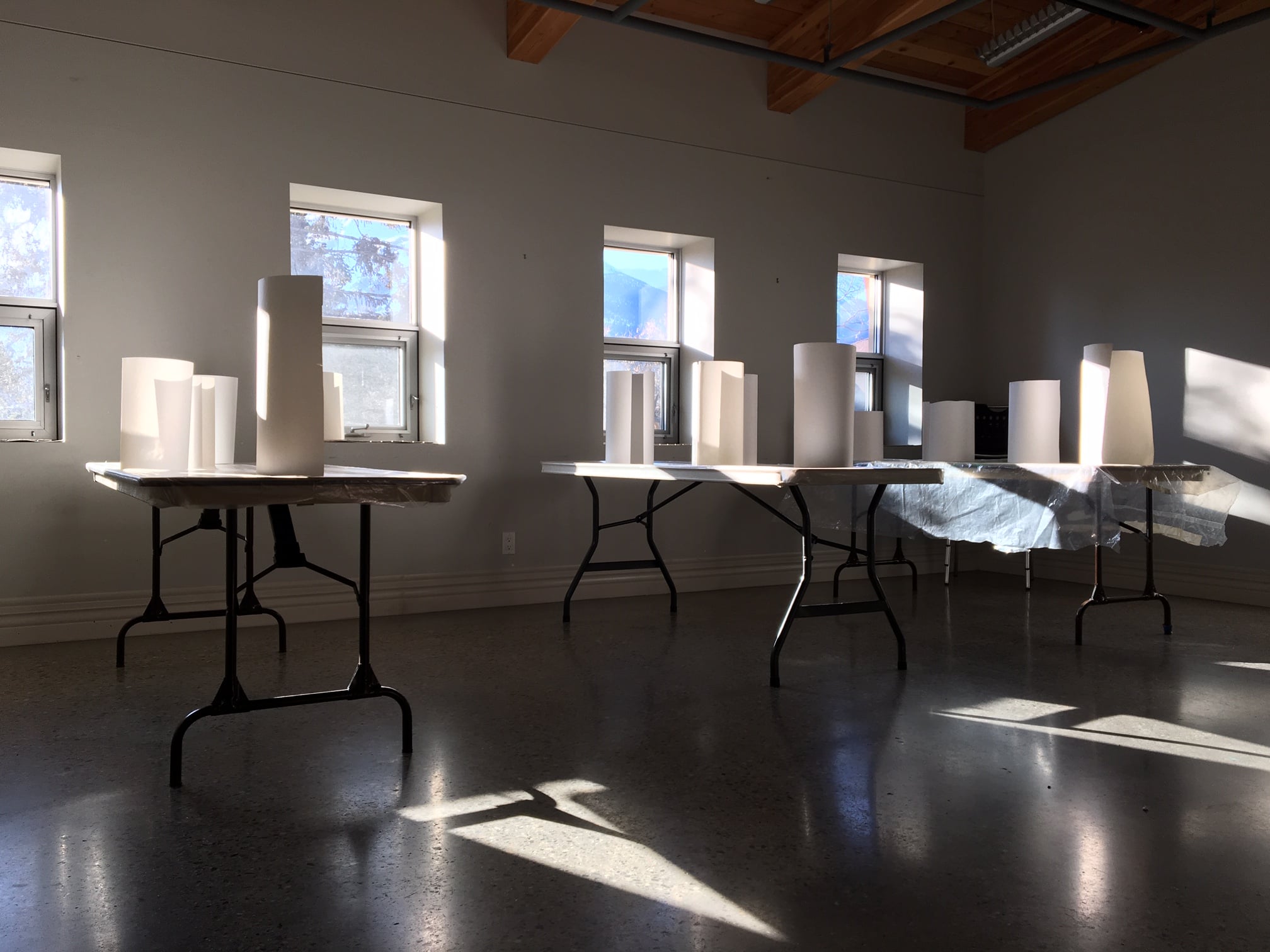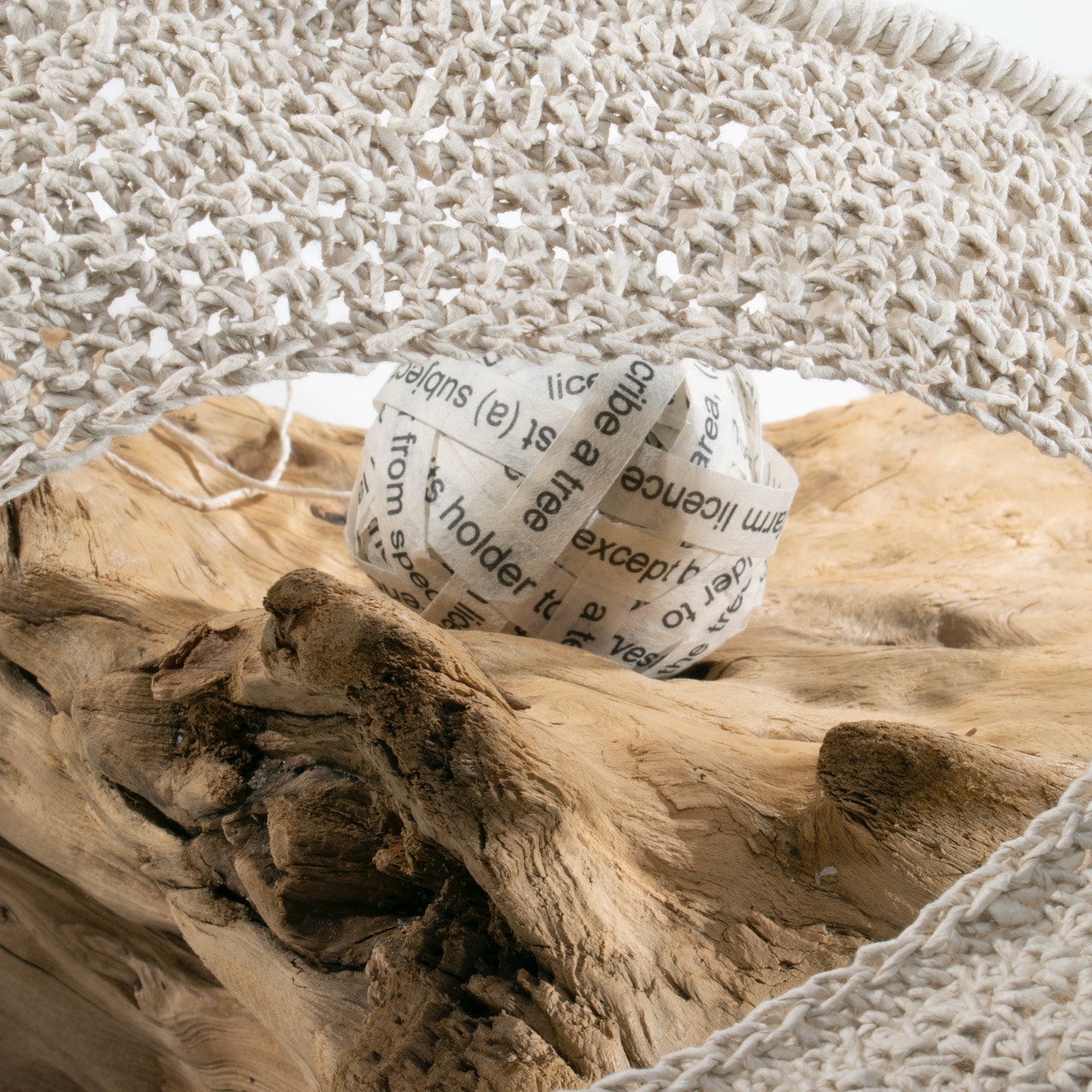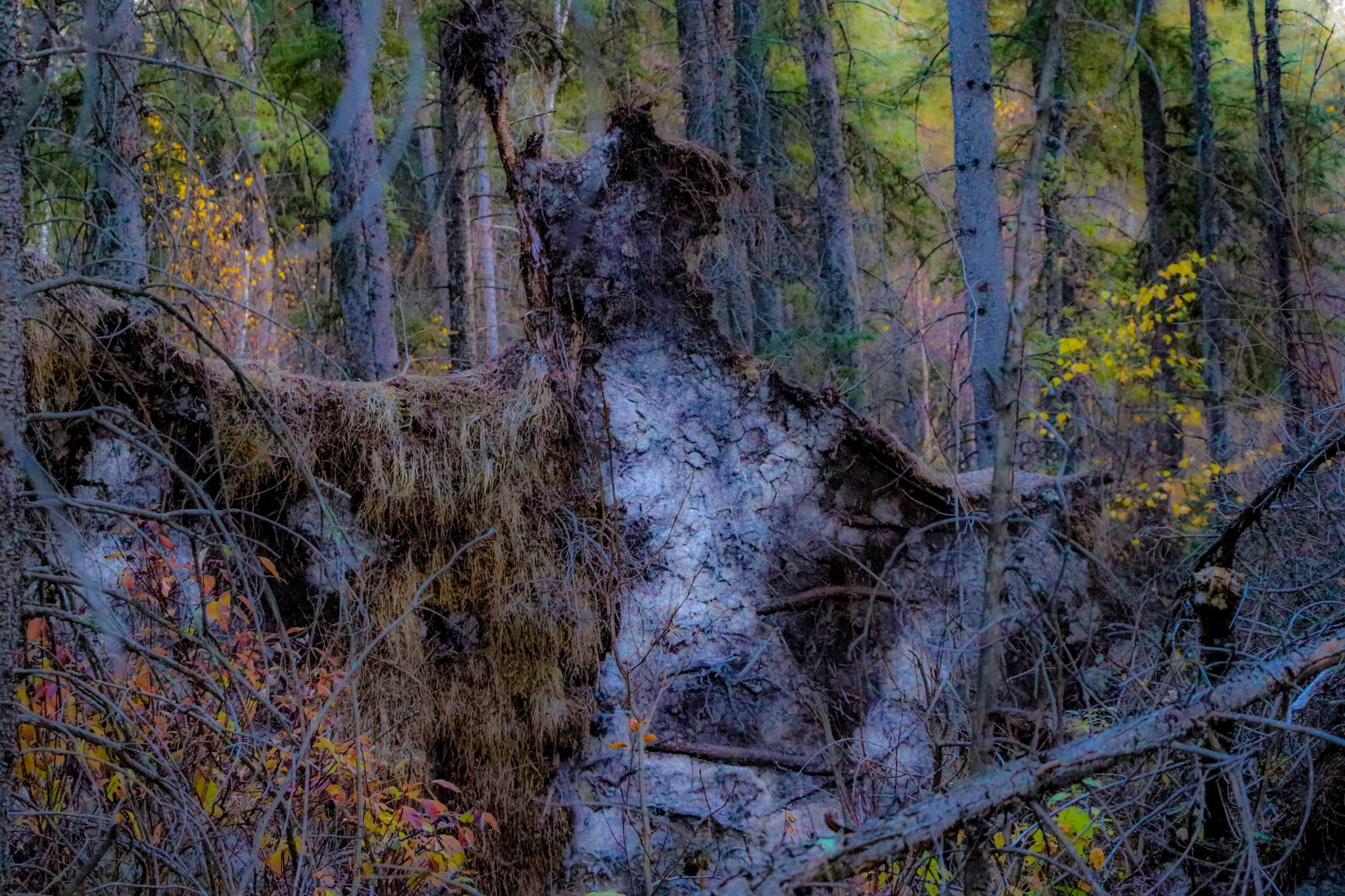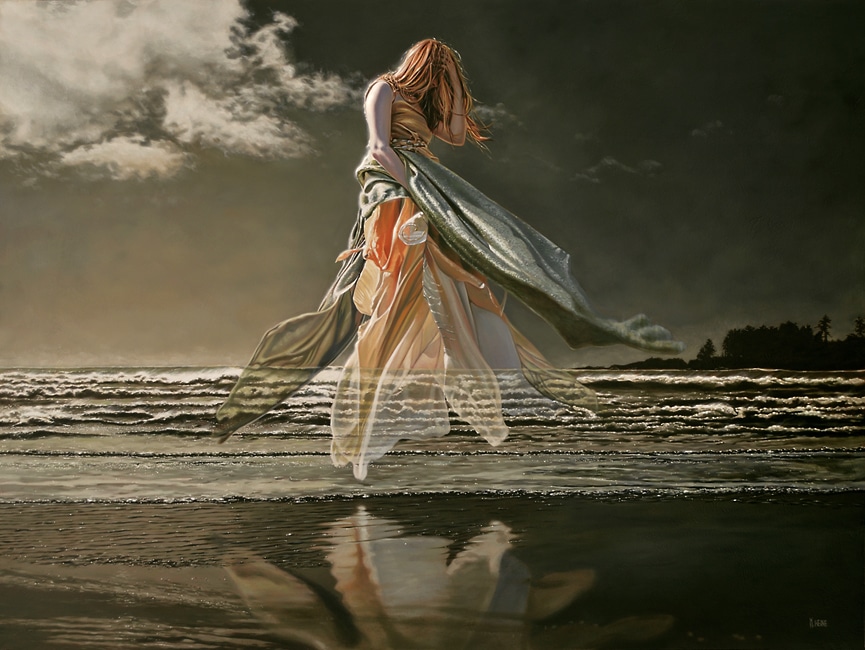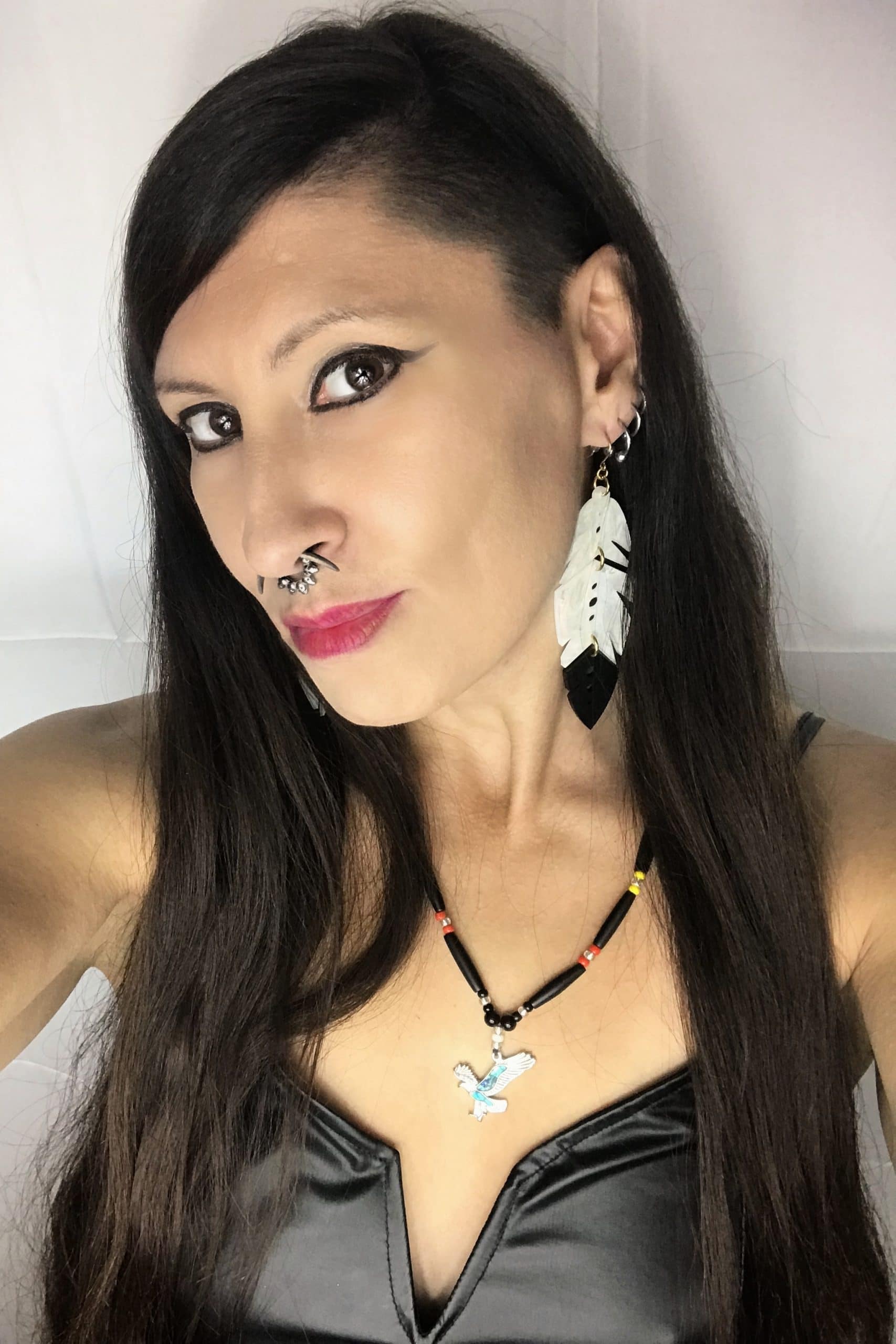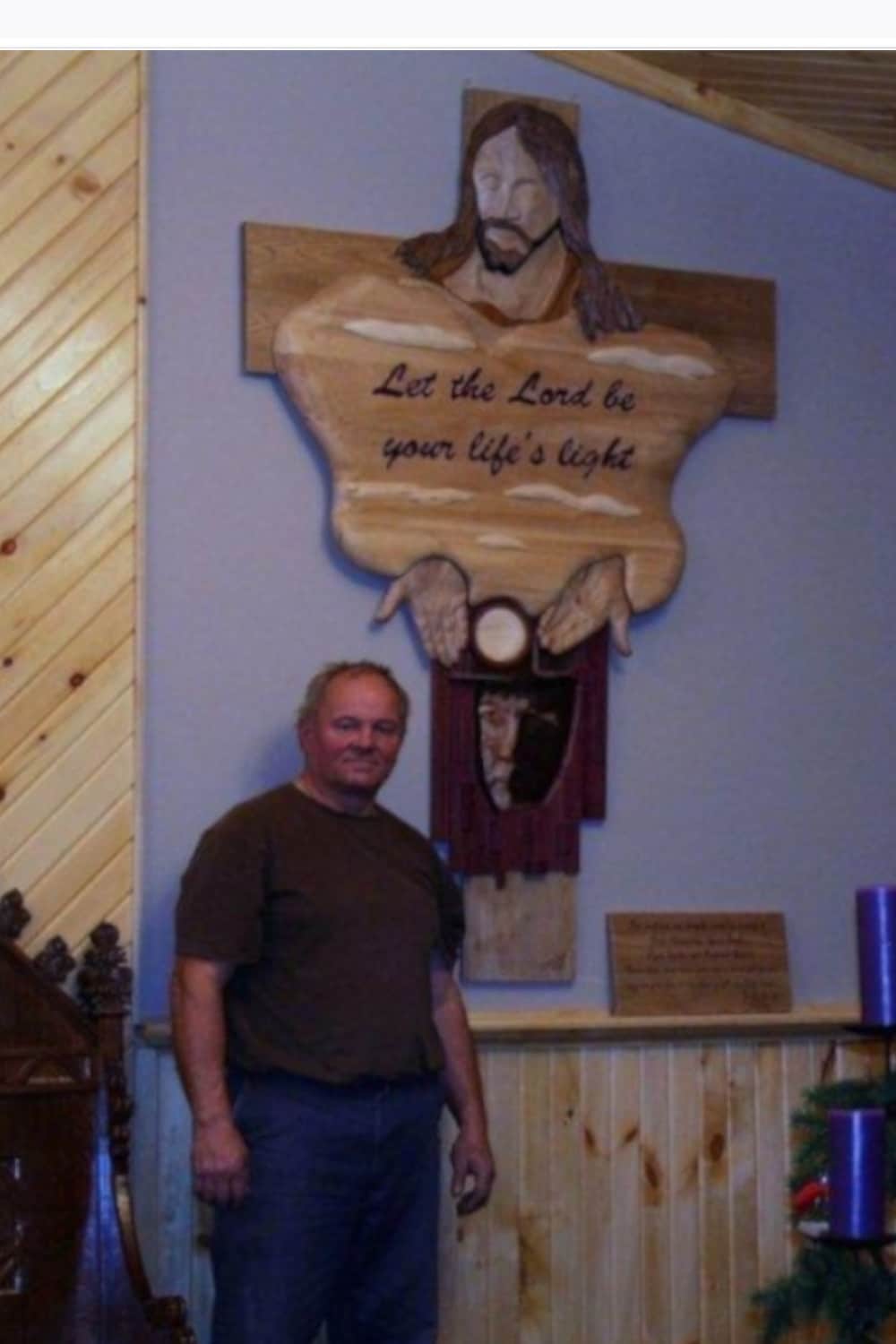Kelly Andres is a research based artist of settler origin. She has produced installations, performances and sensorial experiences that blend cosmologies and ecologies. Andres recently completed a practice based Ph.D in Fine Arts at Concordia University, Montréal, titled Radicle Assemblages (2020). Her current research intertwines ecological art practices, plant studies, performative placemaking, co-creative community/urban planning, and experiential approaches for multi-species interactions. Recent exhibitions include Particle + Wave, Calgary, Les yeux dans l’eau, Foreman Art Gallery of Bishop University in Sherbrooke, Sandstone City, The Lougheed House, Calgary, The Garden of Speculations, articule, Montréal, le Centre des arts actuels Skol, Montréal, La Maison des arts de Laval, Laval. Andres’s past work has been generously supported by the Conseil des arts et des lettres du Québec, the Alberta Foundation for the Arts and the Canada Council for the Arts.

